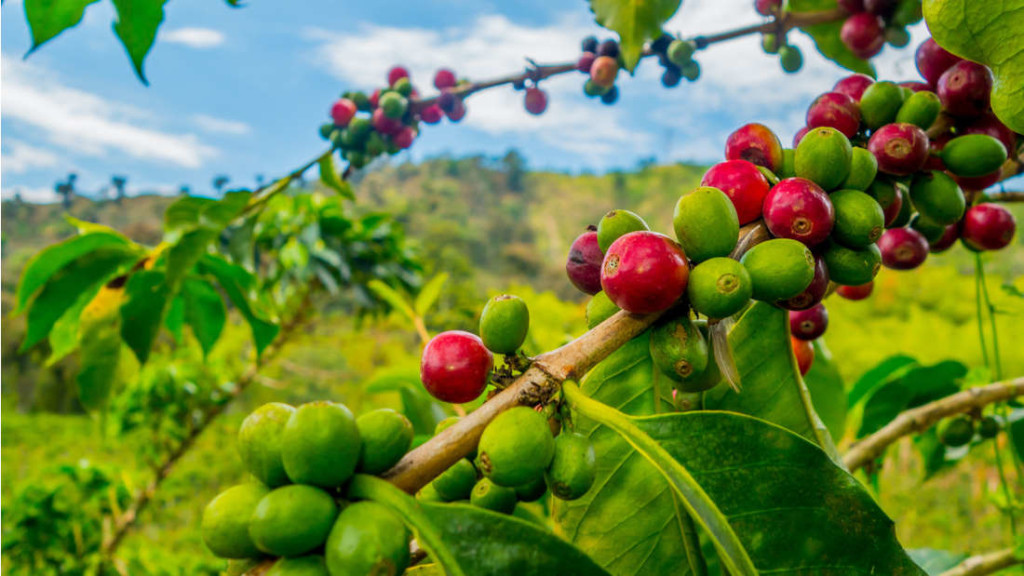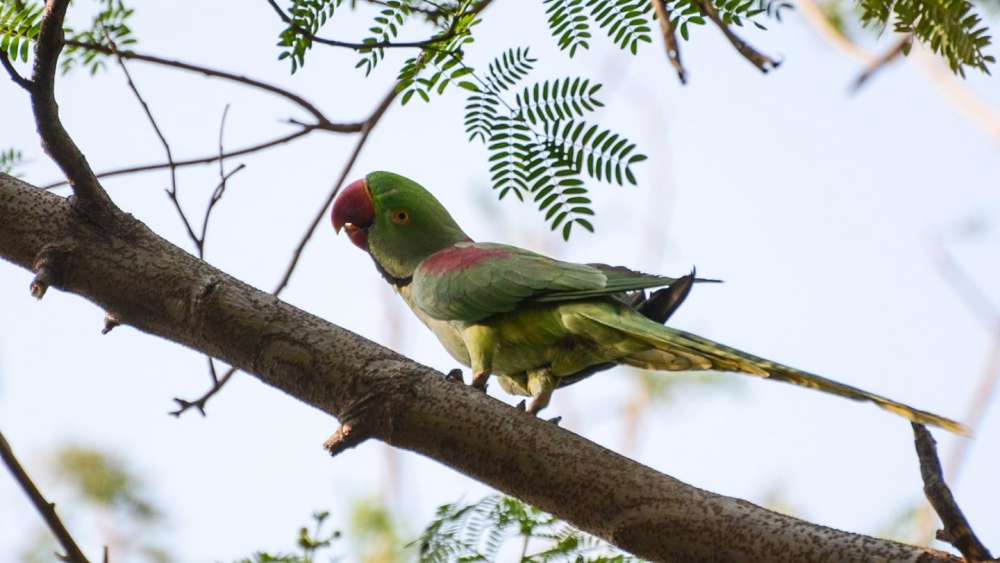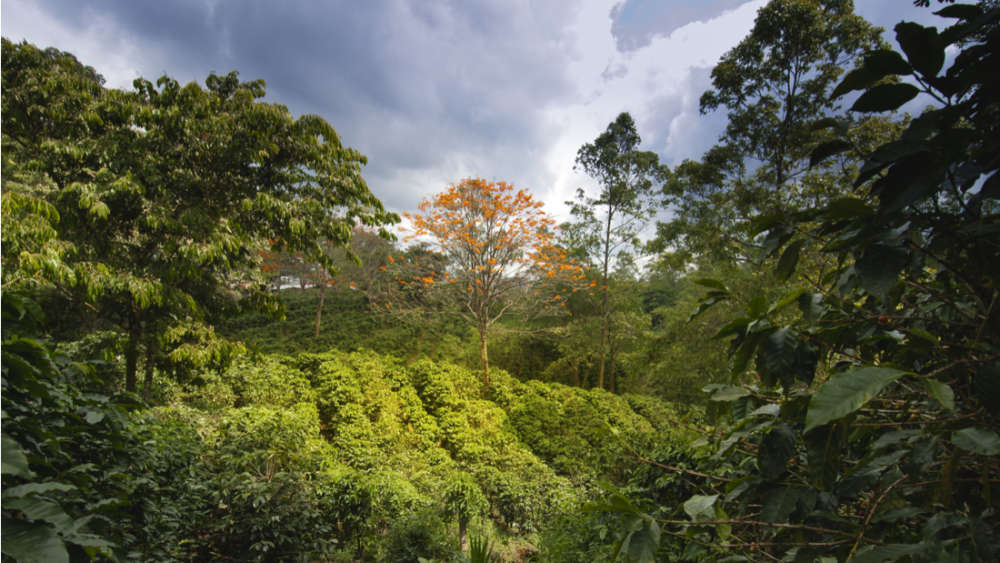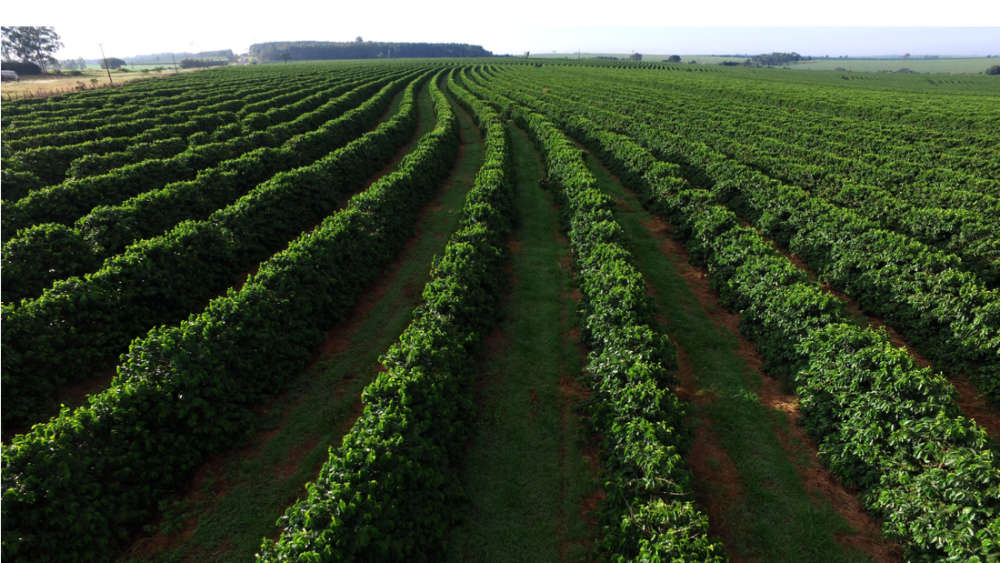
Any truly environmentally conscious coffee drinker has fretted over the massive commercial agriculture systems required for each lovely cup to appear in their waiting hands. The land-use impacts are especially hard to swallow because the bean-producing shrub grows best in tropical ecosystems – beautiful regions home to some of nature’s most fascinating creatures.
Most well-meaning connoisseurs thus exclusively consume coffee produced by the arabica variety, a shade-tolerant species that happily grow within an existing forest environment, over the other main variety, robusta, the cultivation of which usually involves clearing native trees and understory plants in order to give the coffee bushes the bright Sun and open space they desire. Given that arabica beans can be farmed using sustainable methods and they taste better than robusta, one would think that the case is closed. Unfortunately for wildlife, however, robusta dominates the worldwide coffee market because it is both cheaper and easier to grow.
According to research led by the Wildlife Conservation Society, the rising demand for coffee since 1990 has led to a 150 percent increase in coffee farmlands in India. The majority of these new farms are located within the Western Ghats (one of the Earth’s top eight biodiversity hotspots), and the growers are overwhelmingly choosing robusta.
The team’s paper, published in Scientific Reports, set out to determine how the area’s tropical forests are responding by surveying the bird species present at 344 family-owned coffee plantations. Because birds are known to be a reliable indicator of overall ecosystem vitality, the researchers expected to find that arabica farms host far more birds and a richer variety of species.
Surprisingly, they found instead that robusta plantations are actually home to a higher density of forest-specialist flocking birds, including many fruit-eating species that plants and trees rely on to disperse their seeds. The distribution of threatened species also appeared equal between the two farm types.

On the other hand, arabica farms did have greater numbers and varieties of forest-dwelling individual birds that are only found in the Western Ghats area. Several of these species are known to be the first to disappear when a habitat is modified, suggesting that although robusta farms are not necessarily as bad as we thought, arabica growing conditions remain more favorable.

Few previous studies have directly compared the ecosystem impacts of arabica vs robusta, but just glancing at photographs of each type of farm leads one to believe that there’s no way that the average robusta growing operation has anything to do with the word “sustainable”.

So, what are the Indian farmers doing differently than the rest of the world?
The authors observed that though most farmers in Western Ghats used conventional (non-organic) fertilizer, only 19 percent of robusta growers also used pesticides compared with 75 percent of arabica farmers – likely due to the fact that the robusta variety is naturally hardier against attack from insects and mold.
In addition, these robusta growers kept way more native trees than growers in other areas.
“In fact, the surveyed robusta agroforests possessed canopy and forest cover three times higher than shade-grown coffee farms in Indonesia,” the authors wrote.
They conclude that the results are not just good news for the birds. Several types of once-lowbrow robusta now fetch market prices that are close to those of arabica, and the farms studied suggest that competitive crop yields are possible without relying on intensive farming methods. Adding this together means that the Western Ghats farming model could provide a sweet spot for the coffee industry: Efficient, profitable, and sustainable.
source: http://www.iflscience.com / IFL Science / by Aliyeh Kovner / February 19th, 2018

